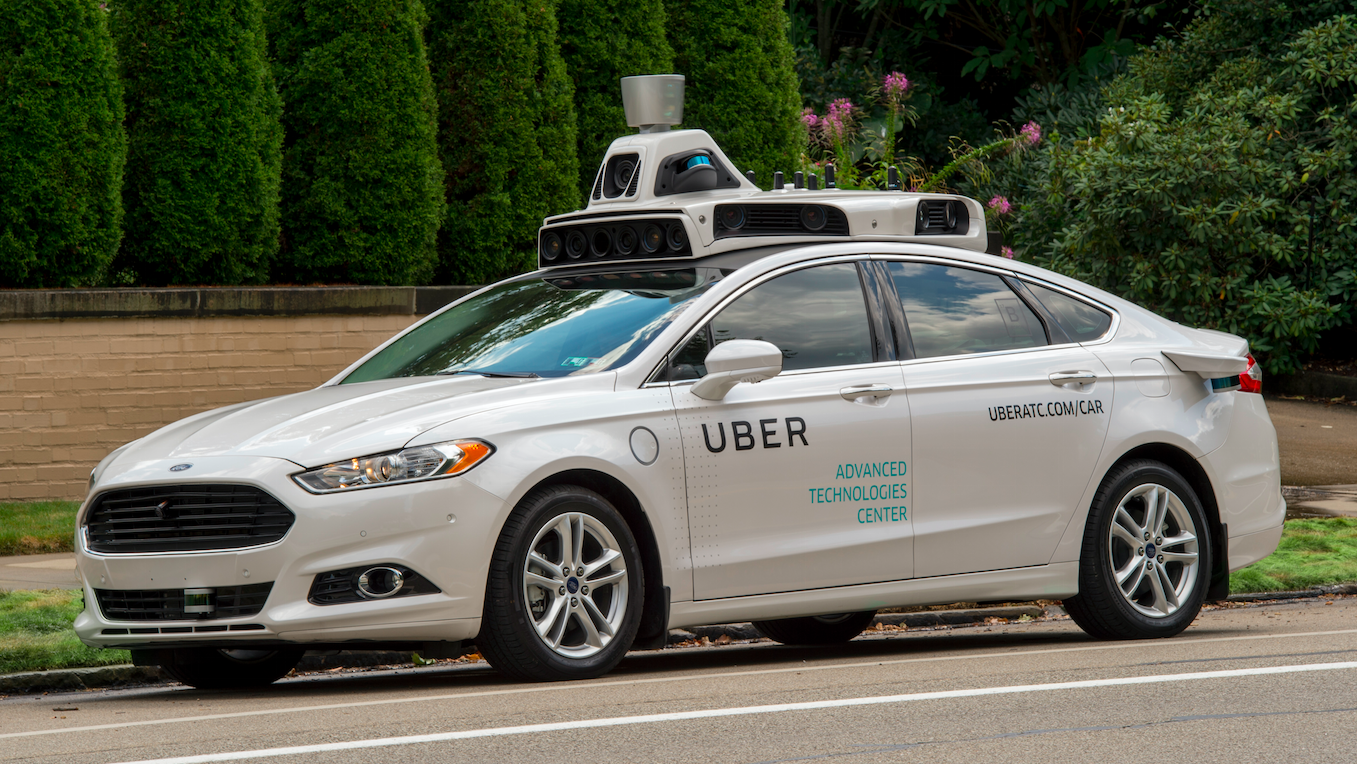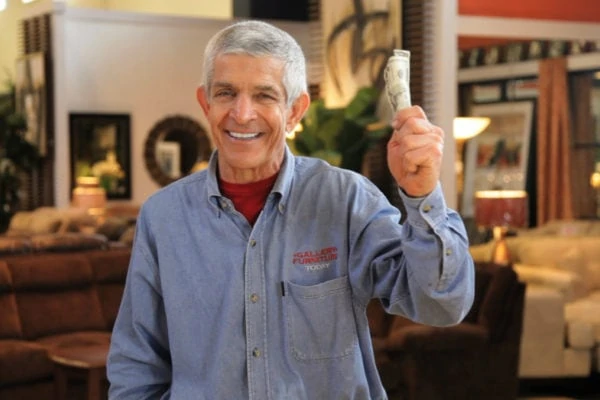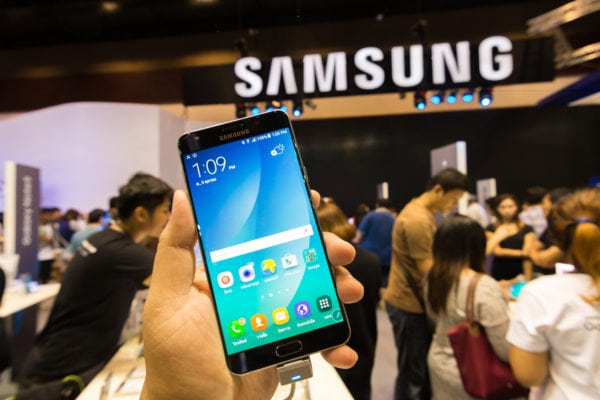Technology has drastically changed the way we get around in urban areas, and even bigger changes are coming down the pike.
Not long ago, when you found yourself in a strange city needing a ride, the first thing you had to do was find a phone. Then you had to call a cab company and wait.
And wait.
And then maybe wait a little longer.
Finally, an often smelly, run-down taxi would show up and cart you off to your destination.
Paying was also a hassle. You needed cash - or at least a credit card. Hopefully, the cabbie had change or his credit card reader was functioning.
Today you can just open an app on your smartphone and in as short as five minutes, your friendly ride share driver will show up in a nice car and take you wherever you need to go. Payment is no hassle. It all happens right there in the app.
Simple smartphone apps have revolutionized how we get around. Ride sharing has made it easier, more convenient and an overall more pleasant experience. It also generally costs less.
And this is just the beginning. The revolution is far from over.
Imagine this: you log into your app, enter your information and a car shows up - with no driver.
That’s not nearly as far-fetched as it seems. Uber recently announced a partnership with German automaker Daimler. The plan is to manufacture autonomous vehicles to operate on Uber’s transportation network.
In fact, Uber already has self-driving cars on the road. Last fall, the company launched a pilot program in Pittsburgh. Uber touts the self-driving car as the next step forward in transportation.
Uber VP of Self-Driving Technology Anthony Levandowsk says the company hopes to create a viable alternative to car ownership and improve the quality of life in urban areas.
“Of course, we can’t predict exactly what the future will hold. But we know that self-driving Ubers have enormous potential to further our mission and improve society: reducing the number of traffic accidents, which today kill 1.3 million people a year; freeing up the 20 percent of space in cities currently used to park the world’s billion plus cars; and cutting congestion, which wastes trillions of hours every year,” he said in a statement.

The partnership with Daimler represents another step toward making the self-driving car an everyday reality. Uber is a ride-share company, not an auto manufacturer. The partnership is a classic example of the power of the division of labor.
“Auto manufacturers like Daimler are crucial to our strategy because Uber has no experience making cars — and in fact, making cars is really hard,” Uber CEO Travis Kalanick said in a statement. “We can combine Uber’s global ride-sharing network with the world-class vehicles of companies like Daimler, so that Uber riders can have a great experience getting around their cities.”
Uber has also worked with Volvo to develop the XC90, a self-driving SUV. It modified Ford Fusions for its Pittsburgh pilot project.
According to the New York Times, Uber’s main U.S. competitor, Lyft, is also in the self-driving race. Then company is reportedly working closely with GM to develop its own self-driving vehicle network.
Of course, the whole thing makes some people nervous. Naturally, the reliability of the technology raises concerns. But for some, it goes beyond those practical concerns. They worry about rapidly advancing technology putting too many people out of work and what that means for the future of the economy. But Levandowski said we can’t let those fears stop the march of progress.
“Technology also creates new work opportunities while disrupting existing ones. Many predicted that the ATM would spell doom for bank tellers. In fact, ATMs cut the cost of running a local bank so more branches opened, employing more people. Self-Driving Ubers will be on the road 24 hours a day, which means they will need a lot more human maintenance than cars today.”
One thing is certain - love the idea or hate it, autonomous vehicles are coming. This partnership between Uber and Daimler is just more evidence that it’s inevitable. It’s not a matter of if, but when.
RELATED:
• Uber Takes Off into Flying Cars Market
• 3D Printers to Revolutionize Manufacturing in 2017
• Does the Sharing Economy Really Hurt Workers?








